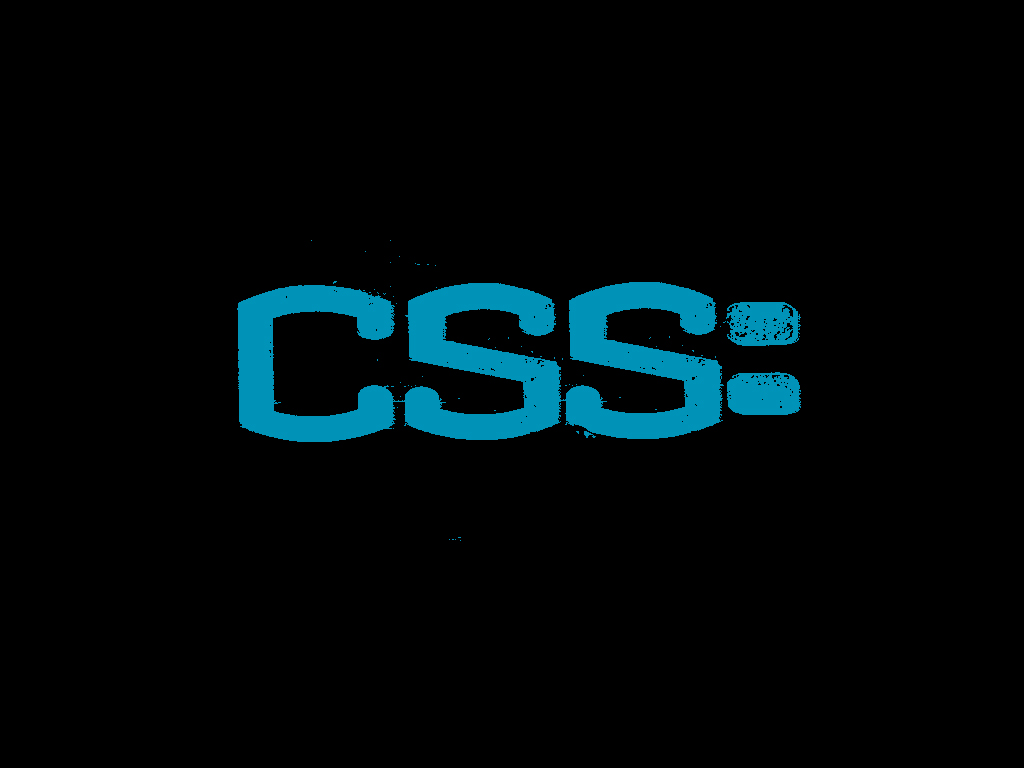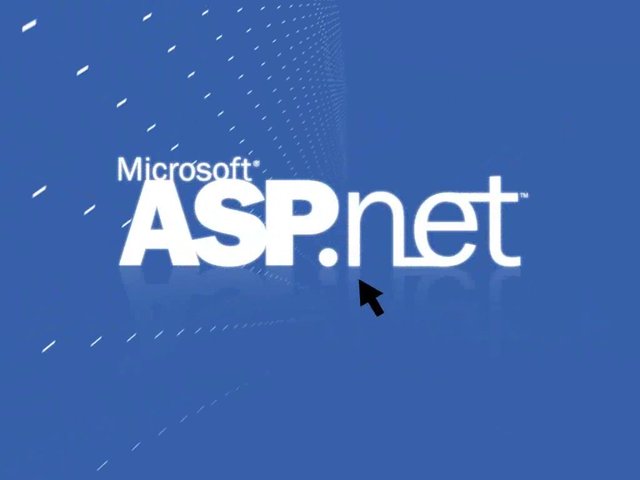Ideally, programming specialists attempt to expedite repetitive tasks through creation of CSS Frameworks while making them feature-rich enough for laymen to work with lacking any previous programming knowledge. The goals are preconceived when setting out to create CSS backbones: create clean yet scalable grid structures, small yet scalable designs, clearly written tutorials and rapidly speed up the development time of programmers preceding the framework designer. We will circumnavigate six of the most scalable CSS Frameworks being used today while giving clear mitigating weight why each framework is indicative to CSS programming purposes and why the documentation they come with is clear as day for newcomers who may find older frameworks difficult to scale using today’s standards.
JQuery UI CSS Framework
Perhaps the most commonly used jQuery widget creation framework, jQuery UI is designed with sleek backbones for easy programming and inclusion of common UI necessities. Using ThemeRoller, this framework can be manipulated to create markups and clarity in code integration for the plugin world. You’ll find the basic core CSS classes which are shared between ui.core.css and ui.theme.css, designed to enhance consistent visuals for theme integration with Theme Roller. The feature we find most useful are the layout helpers included below:
jQuery UI Layout Helpers
- .ui-helper-zfix – iFrame fix applicator to enhance overlays
- .ui-helper-reset – Resetting helper for UI elements like margins, text style and décor and list appearance.
- .ui-helper-hidden – Display helper only.
- .ui-helper-clearfix – Offers float wrappers to hierarchal elements.
- .ui-helper-hidden-accessible – Hides elements which are accessible off-page.
Other widget containers which allow font family sizing to the framework, interactive states, corner radius helpers and icon bases make jQuery UI a favorite CSS Framework of many advanced programmers wishing to create easily alterable backbones which can be scaled, expanded and upgraded in the future. With corner radius helpers, overlay manipulation and iconic state changes, jQuery UI carries vitality for busy CSS Framework programmers.
960 Grid System
In an effort to modernize developers’ workflow by proffering common 960 pixel fixed dimensions, 960 brings twelve and sixteen column variances which can be used in syncopation or separately. With demands for expedient prototyping rising amongst CSS programmers, 960 provides printable sketching sheets to assist with designing feature-rich layouts and are accompanied by CSS files of identical extents. Twelve column systems are divided into 60 pixel slices while sixteen column layouts offer 40 pixel augmentations. Other major key perks of this inventive CSS gridding system include:
- Grid is divisible by 2, 3 and 5 and multiples of the same.
- Photoshop and Fireworks theme plugins along with Dreamweaver extension template files
- Accommodates all browser tests as purported by YUI
- Perfect for wire framing, coding or just sketching.
This CSS Framework is accompanied by adapt.js theme companion file, fully scalable to suit growing demands. Coupled with small file sizes and obliging the 1024×768 canvas needs of graphical designers, 960 has become the performance CSS framework of programmer opportunity.
Blueprint CSS
Every programmer aims to cut down significantly on programming time which increases effort and end result, the inclination that developers considered when Blueprint CSS Framework was birthed. With features like printable style sheets, plugins and functional typesetting, CSS programmers can concentrate on formation of feature-rich backbones to websites such as Commerce.gov and the Canadian Center for Architecture. Framework files are small and workable and operate similar to the 960 gridding system. Working with their test files, we found the following features to be plausible for CSS programmers:
- Print classes for paper-ready offsite functionality and design
- UI creation through easy-to-manipulate form styles
- CSS reset classes which keep formality across multiple browsers
- Ability to program sprites and buttons with ease
- Convenient plugin to convert from fixed to liquid layouts
- Repository available to assist new CSS developers
CSS programming complexities were definitely curtailed when this framework was introduced and is definitely the easiest way for programmers to get cash loans online when they are building stylish frameworks. Coming complete with workflow tools and editors, Blueprint is definitely choice amongst aggressive CSS programming aficionados who desire quick, sustainable and scalable CSS gridded framework.
YAML 4
Indicative of CSS Frameworks which demand segmental layouts for creation of responsive business websites, Yet Another Multicolumn Layout has been continuously improved for seven years running and features cross-browser support for Opera, Safari, Chrome, IE, MSN Explorer and Firefox. Fully HTML5 and CSS3 compliance along with feature-rich modulation make this framework desired for quick yet functional website backbone creation. Some of the more common components found in this include:
- Small yet beefy framework size of 4.6 KB, making final designed website much quicker.
- Namespacing which avoids potential framework conflicts
- All elements come with typesetting recognized across numerous platforms
- Elastic toolkit for creation of quick yet in-depth website forms
- Operates off 960 gridding system which is unassailable
- Skip-link modulation in parent-class and child-class
- CSS2 Box Model for accurate pixel measurements
Such online periodicals like Rolling Stone and Wien.at have relied upon the sleek yet scalable YAML platform which assists in development of fast navigation of websites while significantly cutting down on time programming classes and other CSS Framework necessities.
YUI Grid CSS
The Godfather of CSS layout and design, Yahoo offers perhaps the best CSS Framework of them all, supportive of fluid width, preset fixture and customization of any numerical size for websites that truly work magic. Aside from stacking subdivided regions and small file size (4kB), mastication of competitor CSS Frameworks is rudimentary once you’ve begun working with this CSS masterpiece. Included in the newest YUI3 you’ll find:
- Components are comprised of grids and units with easy stacking and nesting of grid elements
- Lightweight architecture for quick scaling and robust website style sheet creation
- Totally open source for communal expansion on GitHub
- Backed by Yahoo frontend CSS engineering who continuously strives to evolve the YUI CSS library with communal assistance.
- New CSS programmers can use YUI configuration tool found in YUI Library
- Nearly all drag-and-drop horizontal and vertical group interactions
- Two newly introduced command line utilities, Shifter and Yogi, developed by Dav Glass, YUI engineer to implement.
If you’re an aesthetic CSS Framework programmer and wish to remain on the cutting edge of YUI and CSS growth, YUI Grid CSS is perhaps the greatest platform, nearly unmatched, that one could hope for.
Inuit CSS Framework
CSS programmers working on smaller screen resolutions, such as mobile developers, would find Inuit exponentially useful considering the exacting nature of mobile browsers or smaller screens in general. Ingenuity and flexible framework increase developer workability while a customized gridding systems compliments printable design papers. More features include:
- Extensive predefined style classes
- Amelioration of .end class usage
- Loose typography baseline
- HTML 5 prepped without exhaustive ‘shimming’
- IE6 and other browsers sustains all .css features
- Igloos for extending main CSS framework for added functionality
- Quick breadcrumb creation from a singular ordered list
Mobile CSS Framework creation experts find Inuit to be perhaps the most scalable platform for which to build excellent mobile and wide-screen CSS frameworks to energize websites and in-app browser platforms. Inuit website features entry boxes which will output your own customized fluid gridding system for quicker CSS framework development. Current version 3.1 is in pre-Beta release but is downloadable with bug reporting encouraged.
Posted by Greg Henderson, an Internet Marketer and SEO Associate for a cell phone lookup site FreePhoneTracer.com, and an find an email address site EmailFinder.com.

2 Comments
Leave a Reply
Cancel reply
Leave a Reply
This site uses Akismet to reduce spam. Learn how your comment data is processed.























































































































































































erwin
September 24, 2012 at 10:06 am
I do not know too much about css framework, but it seems my blog using the JQuery.
Kaustav Banerjee
September 20, 2013 at 8:04 am
Thanks for the good information. Short and precise. Loved reading.